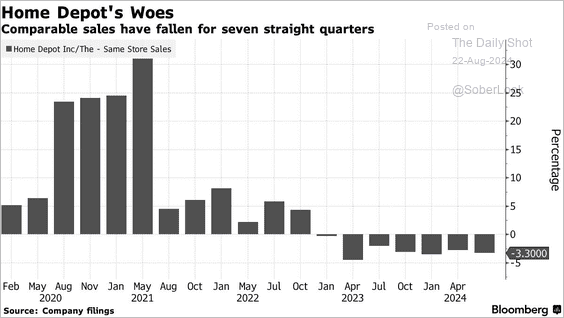Danielle was a guest with Jim Goddard on Talk Digital Network, discussing recent developments in the world economy and markets. You can listen to an audio clip of the segment here.
Follow
____________________________
____________________________
Danielle’s Book
Media Reviews
“An explosive critique about the investment industry: provocative and well worth reading.”
Financial Post“Juggling Dynamite, #1 pick for best new books about money and markets.”
Money Sense“Park manages to not only explain finances well for the average person, she also manages to entertain and educate while cutting through the clutter of information she knows every investor faces.”
Toronto SunSubscribe
This Month
Archives
Log In





